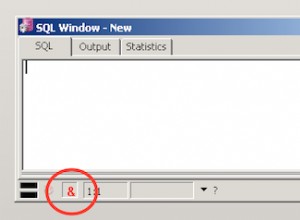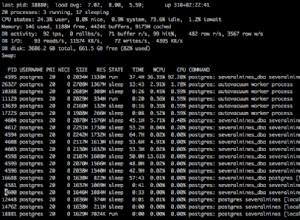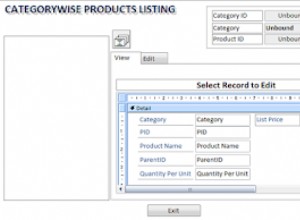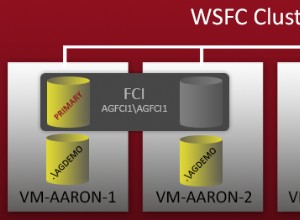Хммм . . . Един от методите е да получите последната стойност. След това изберете всички последни редове с тази стойност и обобщете:
select min(rownum), colA, colB
from (select t.*,
first_value(colA) over (partition by colB order by rownum desc) as last_colA
from t
) t
where rownum > all (select t2.rownum
from t t2
where t2.colB = t.colB and t2.colA <> t.last_colA
)
group by colA, colB;
Или без агрегацията:
select t.*
from (select t.*,
first_value(colA) over (partition by colB order by rownum desc) as last_colA,
lag(colA) over (partition by colB order by rownum) as prev_clA
from t
) t
where rownum > all (select t2.rownum
from t t2
where t2.colB = t.colB and t2.colA <> t.last_colA
) and
(prev_colA is null or prev_colA <> colA);
Но в SQL Server 2008 нека третираме това като проблем с пропуски и острови:
select t.*
from (select t.*,
min(rownum) over (partition by colB, colA, (seqnum_b - seqnum_ab) ) as min_rownum_group,
max(rownum) over (partition by colB, colA, (seqnum_b - seqnum_ab) ) as max_rownum_group
from (select t.*,
row_number() over (partition by colB order by rownum) as seqnum_b,
row_number() over (partition by colB, colA order by rownum) as seqnum_ab,
max(rownum) over (partition by colB order by rownum) as max_rownum
from t
) t
) t
where rownum = min_rownum_group and -- first row in the group defined by adjacent colA, colB
max_rownum_group = max_rownum -- last group for each colB;
Това идентифицира всяка от групите с помощта на разлика в номерата на редовете. Той изчислява максималния номер на ред за групата и като цяло в данните. Те са същите за последната група.




